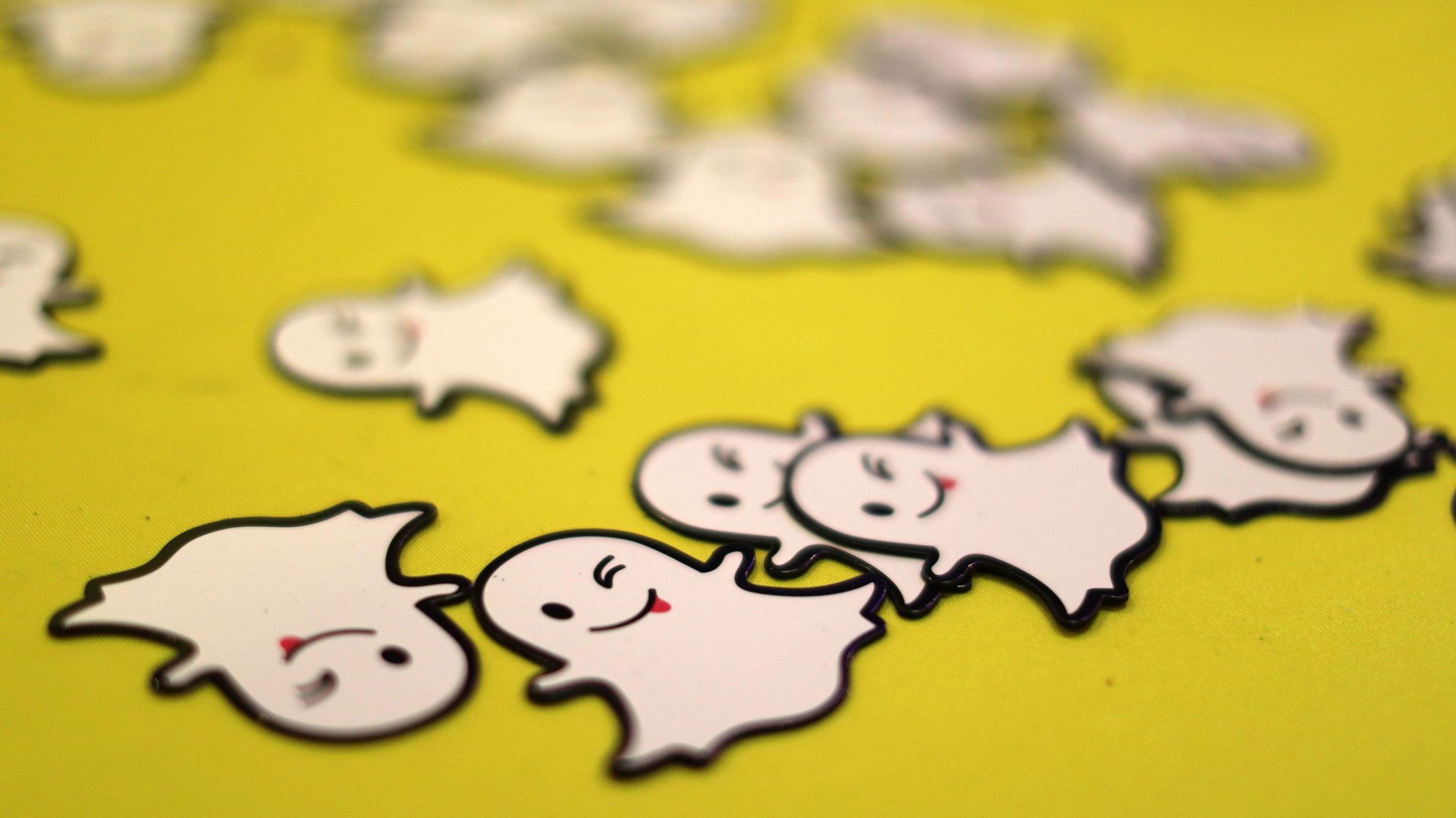Snapchat now wants to woo advertisers in “poor” India
Just three years ago, Snapchat allegedly didn’t want to have anything to do with ”poor India.” That seems to be a thing of the past now.


Just three years ago, Snapchat allegedly didn’t want to have anything to do with ”poor India.” That seems to be a thing of the past now.
On May 30, the California-based company said it has partnered with Gurugram-based ad-tech platform Tyroo to “drive ad monetisation and infrastructure for Snapchat, fuelling its growth in the APAC region.”
The partnership will allow Snapchat to reach more advertisers in India, Geoffrey Reed, Snapchat’s head of international expansion, said in a company release. These advertisers, in turn, will have access to nine million Snapchatters in India who spend an average of 30 minutes daily on the app, he said.
A tainted past
In 2017, Anthony Pompliano, a former Snapchat employee, had filed a lawsuit alleging that the company had no interest in expanding anywhere but rich countries. According to Pompliano, who was fired after a three-week stint at Snapchat, when he expressed concern about the app’s unimpressive performance outside the US in 2015, co-founder Evan Spiegel responded saying, “This app is only for rich people. I don’t want to expand into poor countries like India and Spain.”
This revelation had infuriated Indians who then began downrating the app and raging on Twitter with calls of #UninstallSnapchat and #BoycottSnapchat. Indian hackers also threatened to leak the data of 1.7 million Snapchat users.
While Spiegel’s disparaging remark hit a nerve, the company did have a point. Snapchat, which calls itself a “camera company” and not a social media firm, felt that developing markets with unaffordable and spotty data, and cheap handsets with low-quality cameras, weren’t quite ready to fully utilise its product.
However, things have changed since then.
The Jio effect
India’s mobile internet connectivity is getting faster and cheaper, much to billionaire Mukesh Ambani’s credit.
“…at the moment, India may be the most competitive wireless market on the planet. Reliance Jio is offering data packages at eye-poppingly low costs,” said Avi Greengart, research director of consumer platforms and devices at digital media company GlobalData.
Back when it launched in September 2016, Jio’s data packages started at Rs50 ($0.74) per gigabyte (GB) at a time when data tariffs in India were a steep Rs250 per GB. Consequently, the state of India’s internet evolved rapidly with 2G connections being swapped out for 4G at unprecedented rates.
There is a flip-side to Jio’s success, though. Its “effectively free” feature phone has found many takers, slowing down smartphone adoption in the country. “Some of the old challenges remain for Snap; inexpensive smartphones have relatively poor cameras and limited processing power,” Greengart said. “However, if Snap waits longer for the market to mature, it risks being locked out by Facebook or a local competitor.”